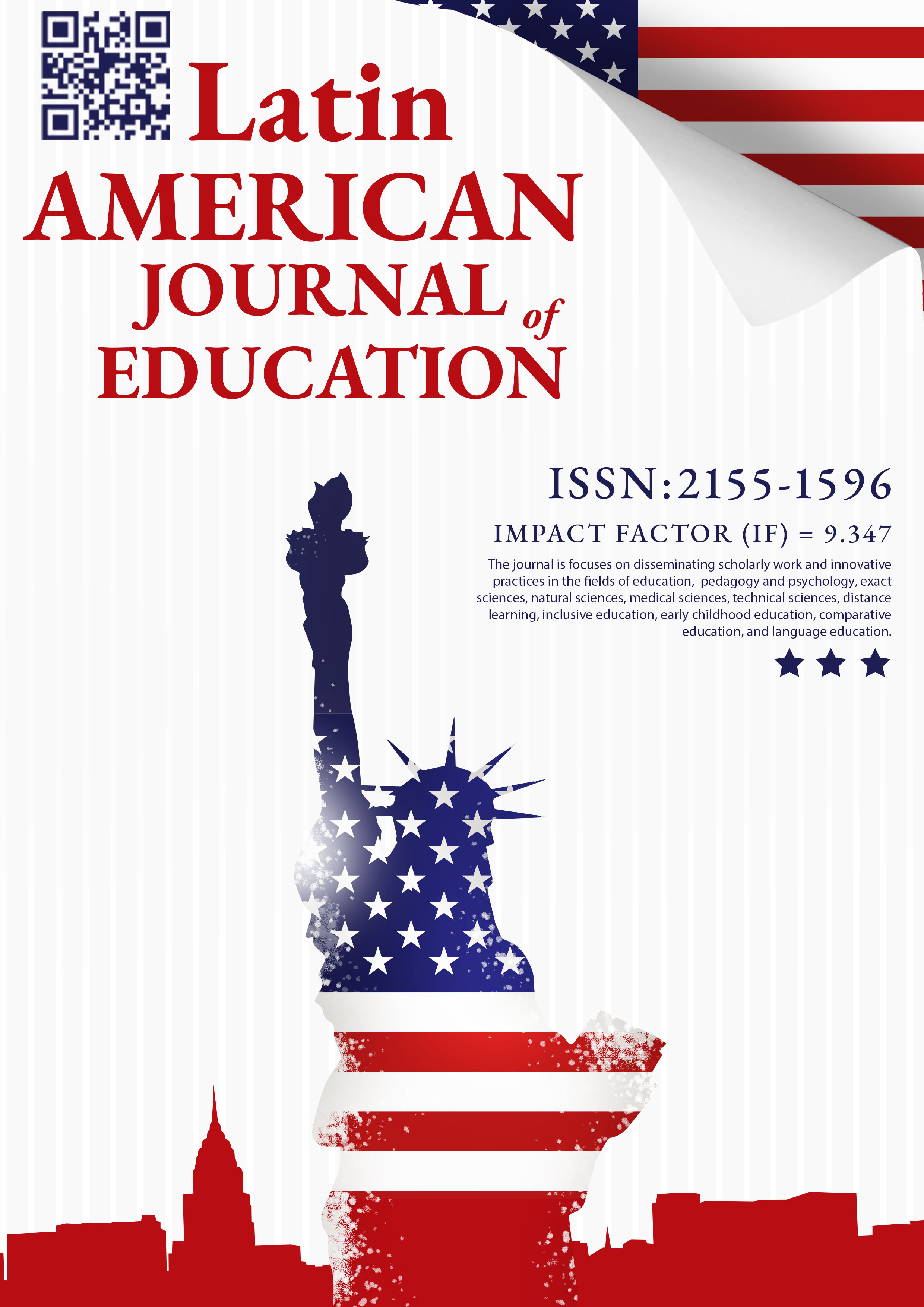BIBLIOMETRIC RESEARCH ON COMPARATIVE ANALYSIS OF CAPITAL STRUCTURE FINDINGS IN UZBEKISTAN (2019–2025)
Keywords:
capital structure; leverage; Uzbekistan; bibliometric analysis; corporate finance; joint-stock companies; institutional environmentAbstract
This study conducts a comprehensive bibliometric and comparative analysis of capital structure research in Uzbekistan between 2019 and 2025. This period corresponds to accelerated economic reforms, enhanced corporate transparency, and a surge in empirical research on Uzbek firm leverage behavior. Utilizing Google Scholar and academic databases as primary sources, the study identifies empirical contributions focusing on manufacturing, agribusiness, state-owned enterprises, and banking. Foundational works by Uzbek scholars such as Abduvohobov, Dodiyev, and Elmurodov are highlighted for conceptualizing the institutional and financial environment shaping capital-structure decisions. Findings reveal that Uzbek evidence broadly aligns with global leverage determinants—including profitability, size, tangibility, and growth—but also displays unique characteristics driven by a bank-dominated financial system, strong state ownership influence, underdeveloped equity markets, and collateral-based lending. The article maps publication trends, thematic clusters, methodological approaches, and identifies structural determinants, proposing an integrated research agenda for strengthening national corporate finance scholarship.
References
1. Ahmed, F., Rahman, M.U., Rehman, H.M., Imran, M., Dunay, A. & Hossain, M.B. (2024) "Corporate capital structure effects on corporate performance pursuing a strategy of innovation in manufacturing companies, Heliyon, 10, e24677”. Available at: https://doi.org/10.1016/j.heliyon.2024.e24677 (Accessed: 14 November 2025).
2. Allayarov, S.R. (2024) “The role of optimal capital structure in corporate finance strategy of joint-stock companies”, Scientific Journal. Available at: https://cyberleninka.ru/article/n/the-role-of-optimal-capital-structure-in-corporate-finance-strategy-of-joint-stock-companies (Accessed: 14 November 2025).
3. Choriev, F.I. (2023) “The influence of the capital structure of state enterprises on the profitability of the enterprise”, in Koucheryavy, Y. & Aziz, A. (eds.) Internet of Things, Smart Spaces, and Next Generation Networks and Systems. Springer, pp. 363,368. Available at: https://doi.org/10.1007/978-3-031-30258-9_31 (Accessed: 14 November 2025).
4. Frank, M.Z. & Goyal, V.K. (2009) “Capital structure decisions: Which factors are reliably important?” Financial Management, 38(1), 137. Available at: https://onlinelibrary.wiley.com/doi/10.1111/j.1755-053X.2009.01026.x (Accessed: 14 November 2025).
5. Harris, M. & Raviv, A. (1991) “The theory of capital structure”, Journal of Finance, 46(1), 297.355. Available at: https://doi.org/10.1111/j.1540-6261.1991.tb03753.x (Accessed: 14 November 2025).
6. Khamraev, A. (2023) “Exploring the determinants of optimal capital structure for manufacturing firms in Uzbekistan: An econometric analysis”. Conference paper. Available at: https://www.researchgate.net/figure/Regression-results-of-capital-structure-of-manufacturing-companies-4_tbl1_374784423 (Accessed: 14 November 2025).
7. Mardieva, R. (2025a) “Optimizing capital structure of Uzbek joint-stock grain companies – a Prais–Winsten panel regression analysis”, Asian Journal of Management and Business (AJMB). Available at: https://doi.org/10.5281/zenodo.15833092 (Accessed: 14 November 2025).
8. Mardieva, R. (2025b) “Balancing debt and equity in emerging markets: The case of Uzbekistan’s joint-stock corporations”, Asian Journal of Economics and Law (AJEL). Available at: https://doi.org/10.5281/zenodo.16342231 (Accessed: 14 November 2025).
9. Ministry of Finance of the Republic of Uzbekistan. (2021) Newsletter No. 27: Developing the Uzbek capital market. Available at: https://www.imv.uz/media/document_files/Newsletter_27_Ministry_of_Finance.pdf (Accessed: 14 November 2025).
10. Modigliani, F. & Miller, M. (1958). “The cost of capital, corporation finance and the theory of investment”, American Economic Review, 48(3), 261,297. Available at: https://en.wikipedia.org/wiki/Modigliani%E2%80%93Miller_theorem (Accessed: 14 November 2025).
11. Nasrullayevich Khasanov, K. (2021) “Improving the practice of attracting investments by commercial banks in the stock market”, in Proceeding of the 2021 ACM Conference, pp. 16. Available at: https://dl.acm.org/doi/fullHtml/10.1145/3508072.3508213 (Accessed: 14 November 2025).
12. Republican Stock Exchange “Toshkent (2024) Exchange review 2021: Market overview”. Available at: https://uzse.uz/rails/active_storage/blobs/redirect/eyJfcmFpbHMiOnsibWVzc2FnZSI6IkJBaHBBa2NRIiwiZXhwIjpudWxsLCJwdXIiOiJibG9iX2lkIn19--c67fcfdf0a027a6c69d07d2acc425d31a57b063e/market_overview_2021_end_eng.pdf (Accessed: 14 November 2025).
13. State Committee and international partners. (2021) Investment Climate Statement: Uzbekistan 2021. U.S. Department of State. Available at: https://www.state.gov/reports/2021-investment-climate-statements/uzbekistan (Accessed: 14 November 2025).
14. The efficacy of managing the financial stability of automobile companies in Uzbekistan. Asian Journal of Economics, Business and Management. Available at: https://globalresearchnetwork.us/index.php/ajebm/article/view/3909 (Accessed: 14 November 2025).
15. A review of corporate governance in Uzbekistan. E-conference Zone Proceedings (2021). Available at: https://econferencezone.org/index.php/ecz/article/download/861/769/897 (Accessed: 14 November 2025).
16. Additional international comparative sources on capital structure determinants and emerging-market evidence (e.g., Gner, 2016; Alghifari et al., 2022) can be consulted via Google Scholar for extended benchmarking.















